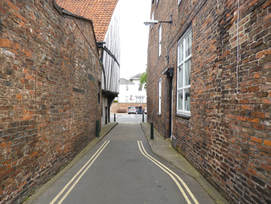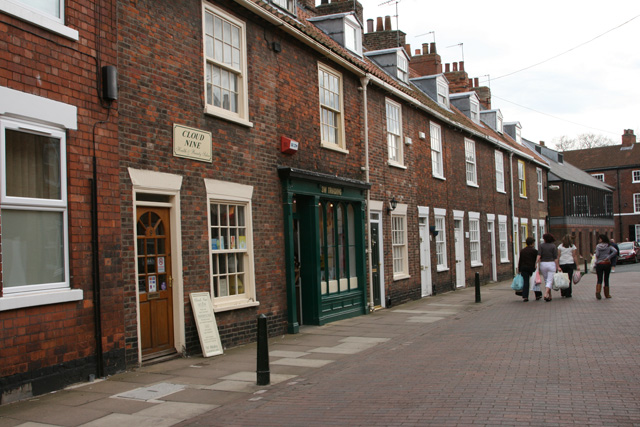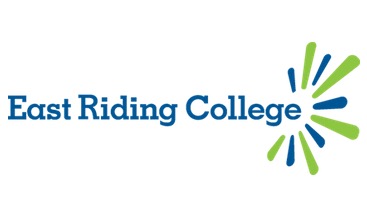Exploring Beverley Street Names
Hengate

Hengate is best known for having St Mary’s Church on its corner with North Bar Within. The name Hengate first appears in the town records in 1327 and was probably the place where the local residents kept and reared their hens! However some people think it was probably called Hence-Gate or way out of town. Some well known businesses that people of a certain age may remember being on Hengate include D.J. Bromby sports shop, and the Crown Brush Works. Today Nellies or the White Horse Pub is one of Beverley most popular drinking establishments which still is lit by gaslight!
Wednesday Market

Wednesday Market was originally part of ‘high street’ where, logically enough, the Wednesday fish market was held from the early 13th century onwards and which was known as Fishmarketgate by the end of the century.
There is also some evidence to suggest that it was also called South Market in 1366.
By 1446 it was known as Wednesday Market and by the 18th century Butcher Row was sometimes also regarded as part of Wednesday Market. Interestingly enough there is still a fishmonger in Wednesday Market but only one is left nowadays!
Tiger Lane

Tiger Lane was perhaps the ‘lane called Cuckstool pit’, mentioned in 1585 and was called Cuckstool Lane in 1828. But what was a Cuckstool?
Well it wasn’t the same as a “ducking stool” but it was a form of punishment. A cucking-stool was indeed a “stool” but there was no water involved – the offender would merely be forced to sit in a strong chair (the “cucking-stool”) outside their house and would sometimes be carried around the town on it for people to stare and otherwise frown upon them. Sometimes people would even throw inedible vegetables at the offender to break the monotony.And it all happened at Tiger Lane, which was known as Charters Lane in the early 19th century from the family of the same name but by 1853 it was called Tiger Lane after a public house located there.
Landress Lane

According to some historical records from 1329 Landress Lane may have been known as Godchep Lane, it ran from the ‘high street’ (now known as Toll Gavel) to Lairgate and was presumably so called from the family of that name.
Records indicate that it was called Laundis Lane in 1633, Landress Lane in 1737, and Laundress Lane in 1790, probably from a family of the same name.
In the early 19th century it was also known as Horn’s Lane, named after a public house long since gone. But today it’s Landress Lane.





















